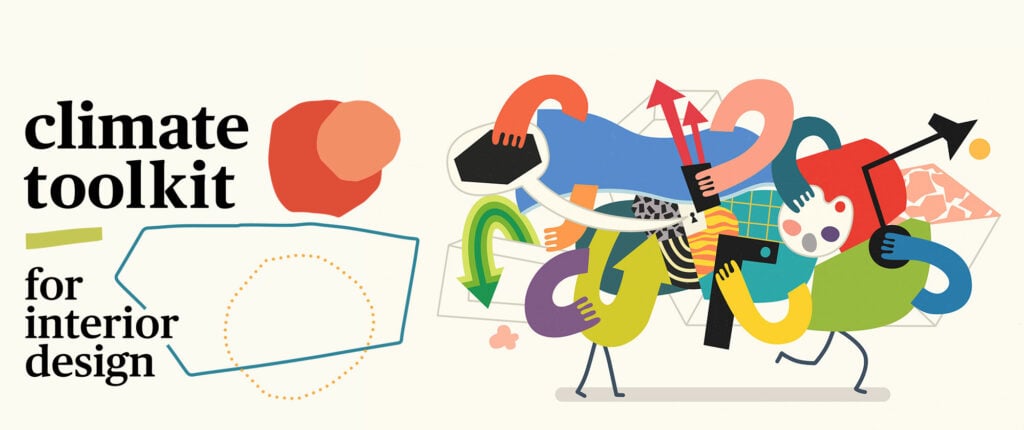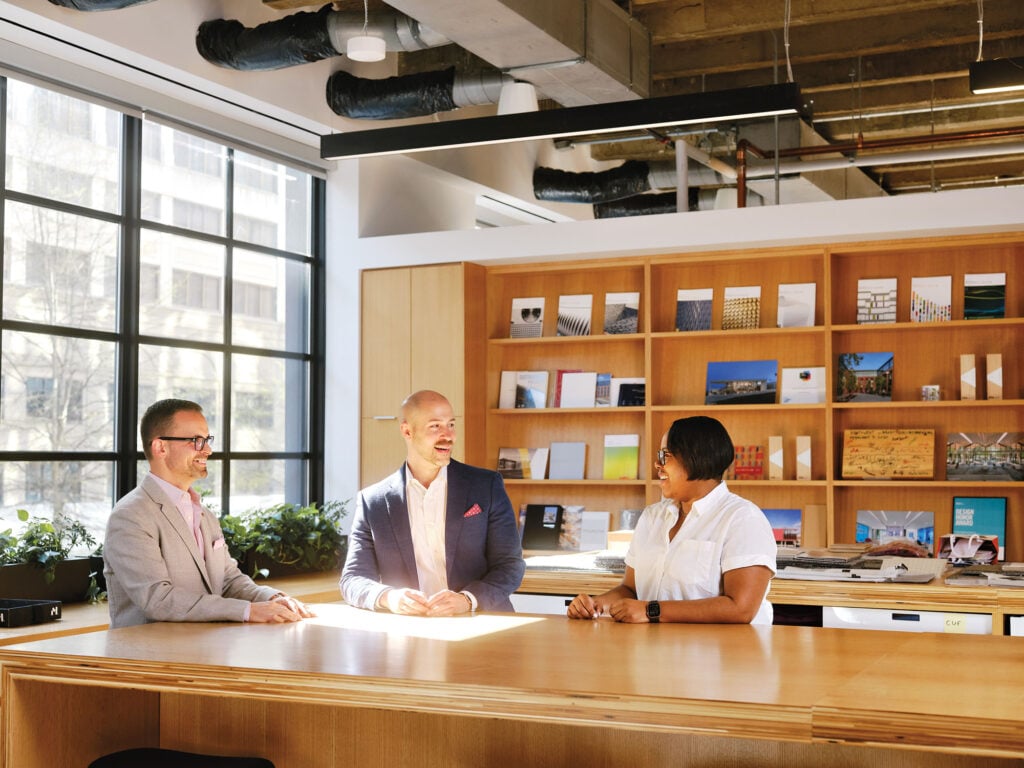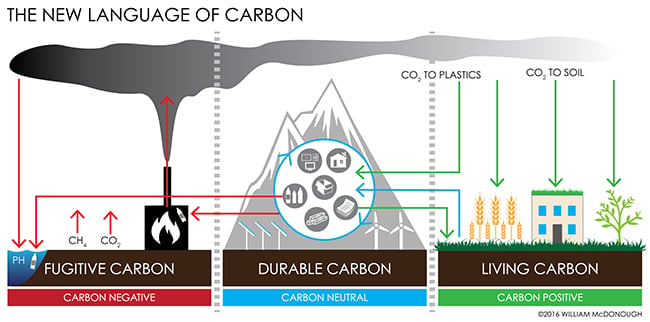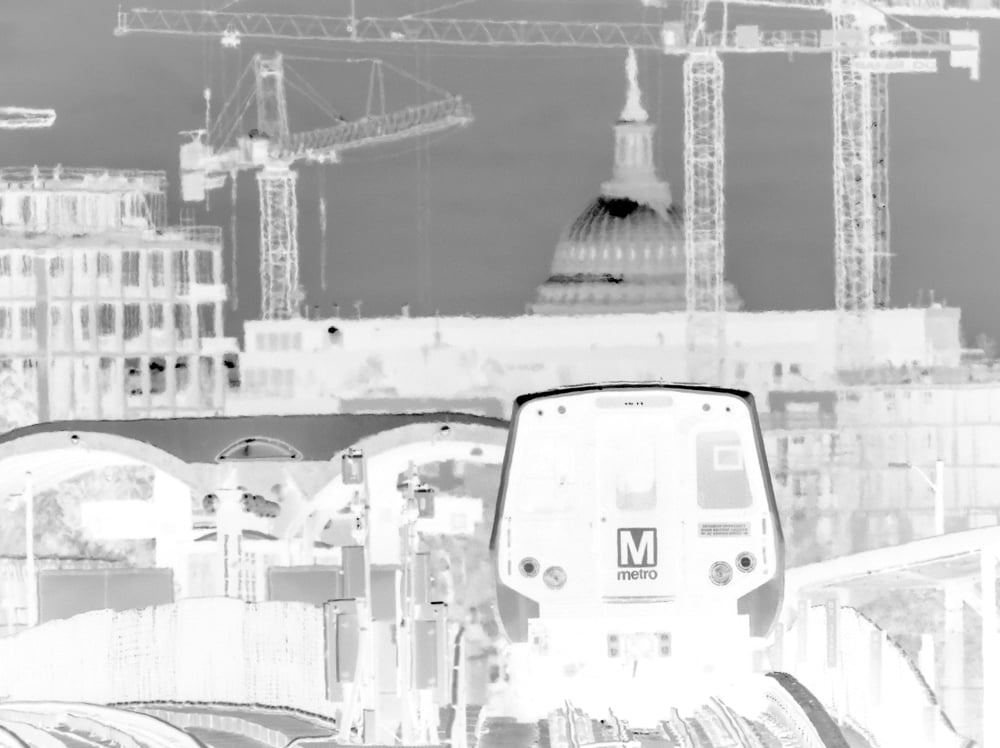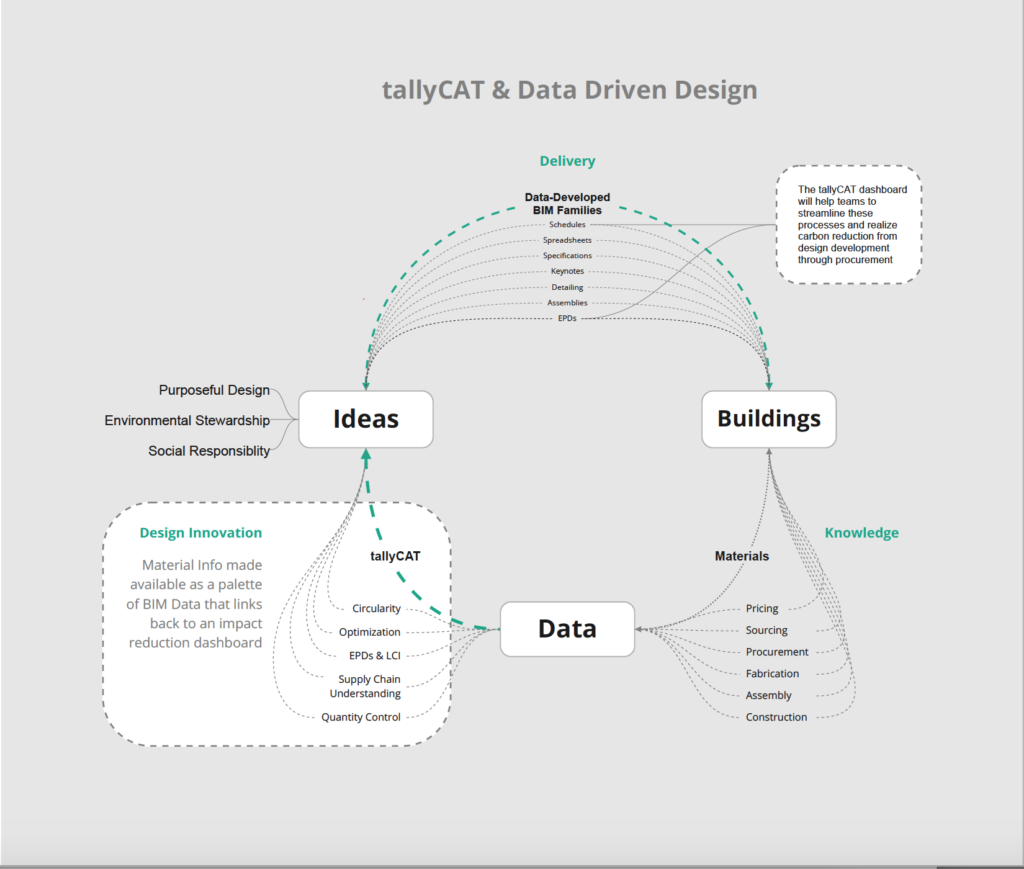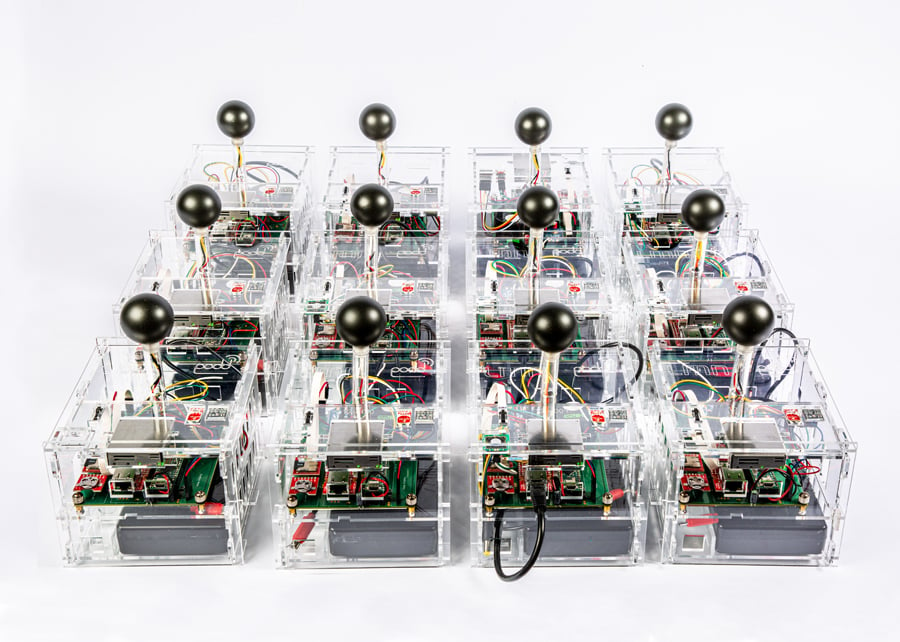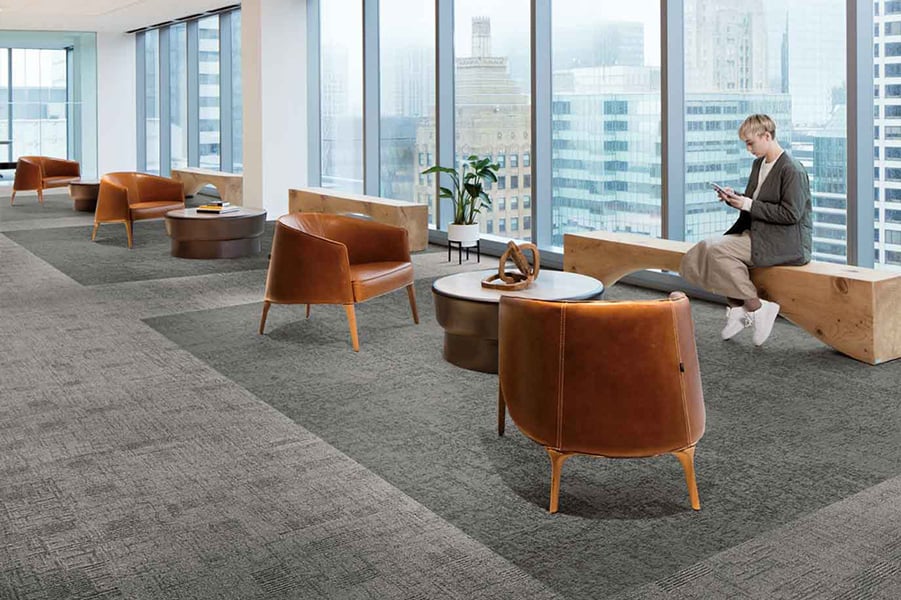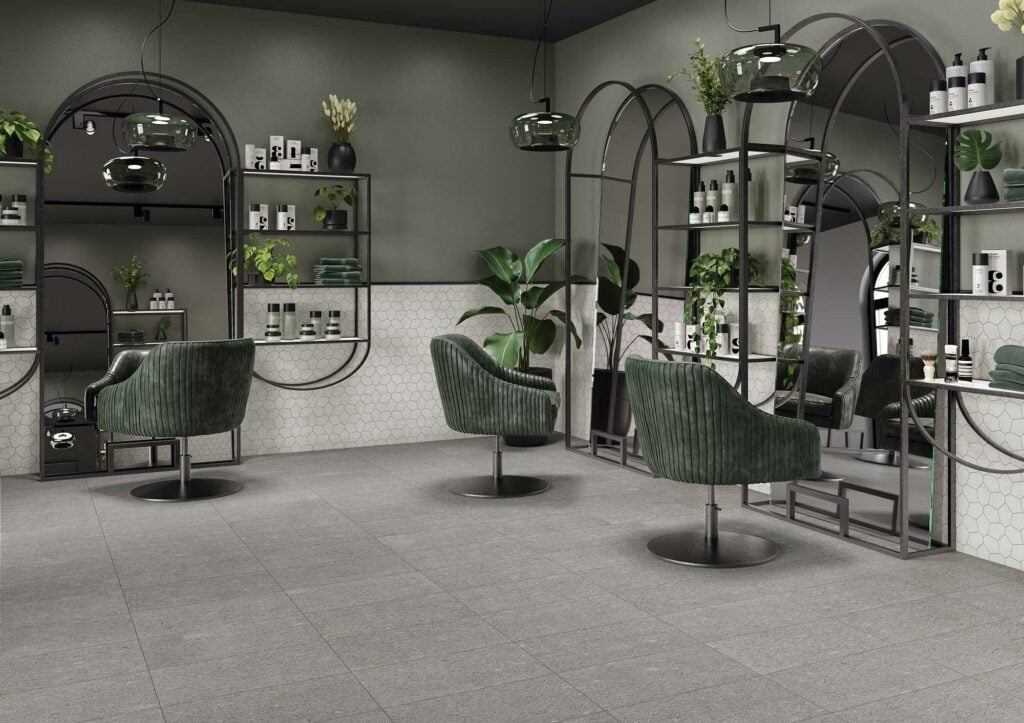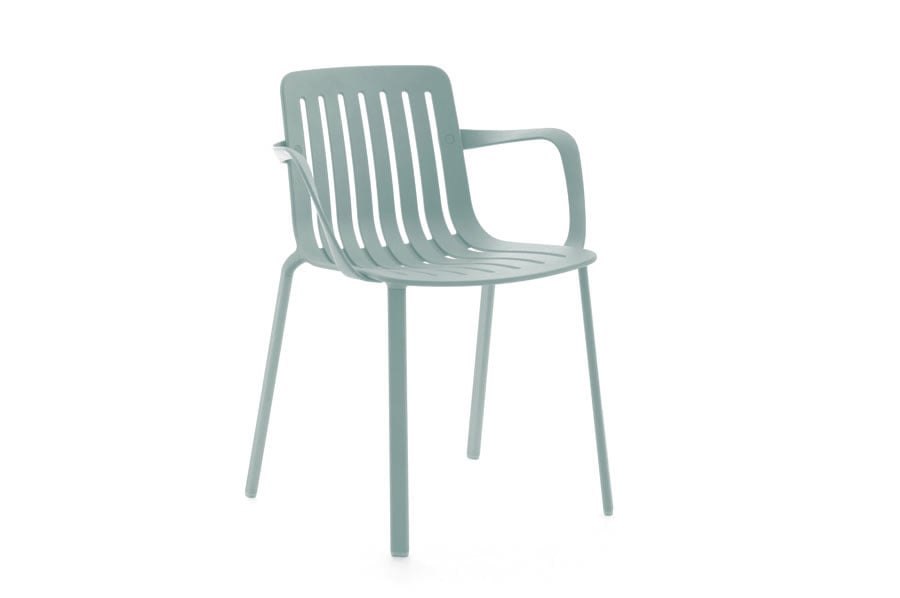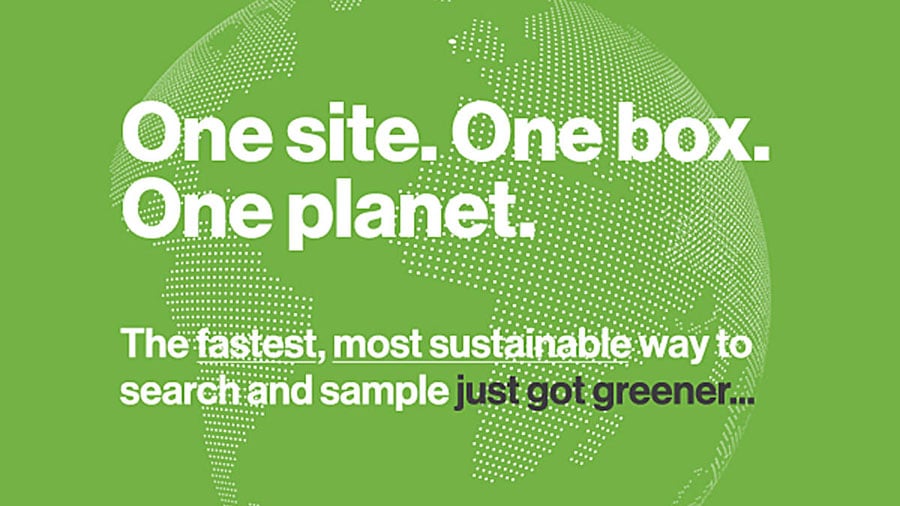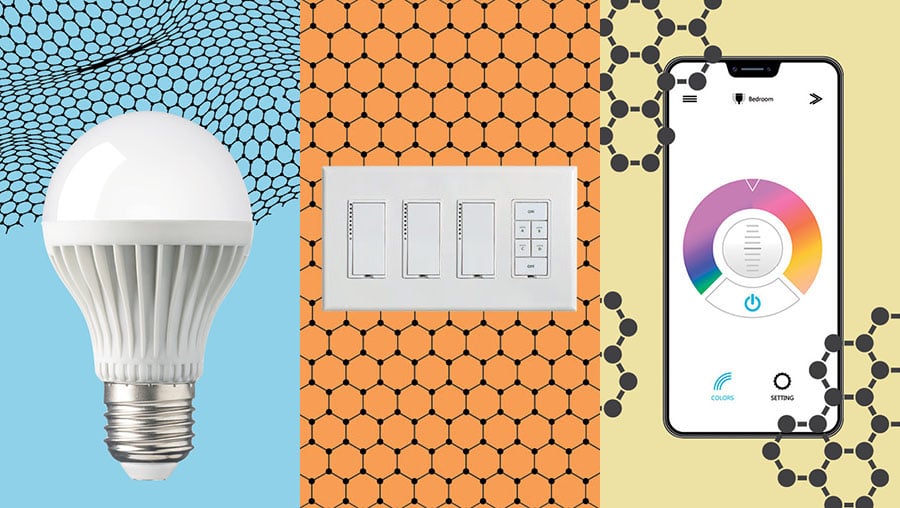
December 18, 2023
What Architects and Designers Need to Know About Embodied Carbon
Why Interior Designers Should Care About Embodied Carbon
Interior designers are increasingly realizing the significance of addressing embodied carbon in their work. New research has spotlighted the true environmental impact of the profession, with data indicating interior designers may be responsible “for emissions at least equal to those associated with the structure and envelope of a building.” With renovations often the biggest culprits, designers must weigh making big changes and finding creative ways to cut carbon, whether through the selection of renewable construction materials, manufacturer collaborations, reuse, or reclamation.
How interior designers and recycled construction materials can help reduce carbon footprints:
Interior Design and Carbon
What Architects Need to Know About Embodied Carbon
Designing a building with a small environmental impact is not just a commendable task—it’s an imperative obligation that comes with strict deadlines in the United States. While internal education programs and integrated staffing within architecture firms are arguably making steps in the right direction, prioritizing building performance as a predictor of design excellence remains key. Here, we explore new language surrounding carbon and sustainable design, how architects are finding alternatives to conventional building materials, and how design industry leaders are pushing for new ways of thinking.
Explore viewpoints on low carbon building and regenerative design:
Architecture and Carbon
How Do We Address Embodied Carbon Through Policy and Planning?
Embodied carbon is a hot-button topic in the industry, especially as the building sector contributes to a large percentage of worldwide carbon emissions. In recent years, key players—from major architecture firms to the United States Congress—have been working to ensure proper infrastructure and to reduce the embodied carbon that comes from it. In a project funded by a grant from British Columbia, Perkins&Will worked with other climate-focused companies to develop a low-carbon specification tool. Meanwhile, the American Jobs Plan, which was the second part of President Joe Biden’s Build Back Better Plan (now known as the Inflation Reduction Act), addressed long-neglected infrastructure. Finally, sustainability professionals are working on open-source tools like mindful MATERIALS to help architects understand and reduce their carbon impact.
Learn how we work to address carbon through policy and planning in the following articles:
Policy and Planning
What Is Carbon Form?
When we think about embodied carbon in sustainable design, it’s important to also take note of carbon form. In an issue of the architectural journal Log, guest editor Elissa Iturbe explains that carbon form is everything relating to or advocating for the combustion of fossil fuels. This includes all the greenhouse emissions produced by the manufacturer such asthe transportation and installation of building materials—things often taken for granted in day-to-day life. An exhibition at the Cooper Union Confronting Carbon Form does breaks down the term and how to adapt our infrastructure, providing examples of “carbon modernity” and presenting solutions through plans,renderings, paintings, graphics, maps, and structures..
Learn more about carbon form in the following articles:
Carbon Form
How Can We Specify a Low-Carbon Future?
Due to the accelerating climate crisis, designers, architects, and product manufacturers are prioritizing carbon-reduction to reduce environmental impact. For example, global flooring company Interface, tile company Crossville, and furniture manufacturerKeilhauer created a bevy of carbon neutral products to help architects and designers create spaces with a long-term positive impact on the world. Meanwhile, some sustainability designers are experimenting with new forms of aluminum for furnishings that are stronger and less carbon-intensive. Material Bank also stepped up to the plate with carbon neutral shipping to minimize the environmental impact of sampling. And finally, the lighting industry is turning inwards and focusing on how to reduce the amount of embodied carbon in energy-efficient LEDs.
Discover ways we could specify low carbon building design:
Specification
Charting a Path to Sustainable Construction
While architects and designers have initiated efforts to reduce carbon contributions, it’s clear a lot of work remains to truly promote sustainable construction and significantly curb carbon emissions. Several key factors need to be addressed, including a transformative shift in mindset—one that steers away from the “more means more” mentality and prioritizes building performance over beauty. Together, policymakers, researchers, manufacturers, designers, and architects must take a sobering look at how much of the built environment ends up in landfills and pivot to designing with reuse in mind.
Would you like to comment on this article? Send your thoughts to: [email protected]
Related
Viewpoints
Design for Equity Primer: 20+ Resources to Help You Design Inclusively and Fairly
This primer is a handy guide to toolkits, manuals, certifications, and indexes that can help you design with justice, equity, diversity, and inclusion in mind.
Viewpoints
Outdoor Amenities Resource: 25+ Guides to Designing Better Outdoor Amenities
METROPOLIS gathers tools, guides, and manuals to help landscape architects, architects, and interior designers leverage the holistic benefits of outdoor amenities.
Awards
Announcing the Winners of the 2023 METROPOLIS Planet Positive Awards
Introducing the winners of the Planet Positive Awards, representing the top designs addressing climate change, ecosystem health, human health, and equity.




